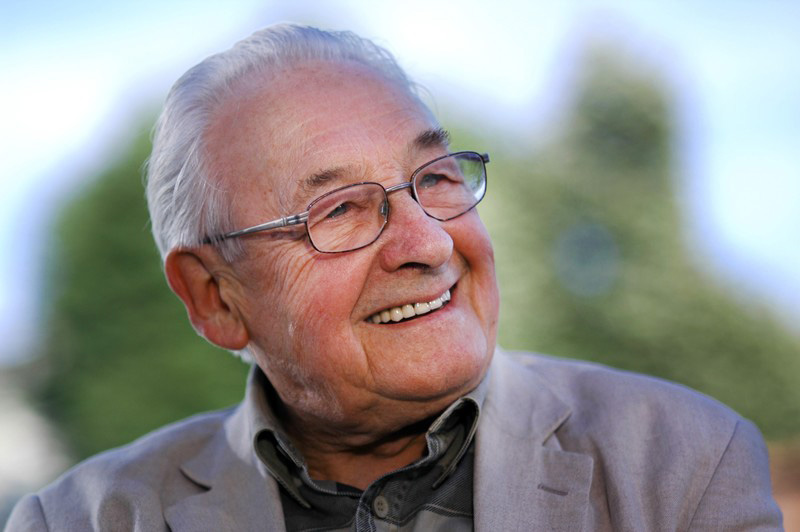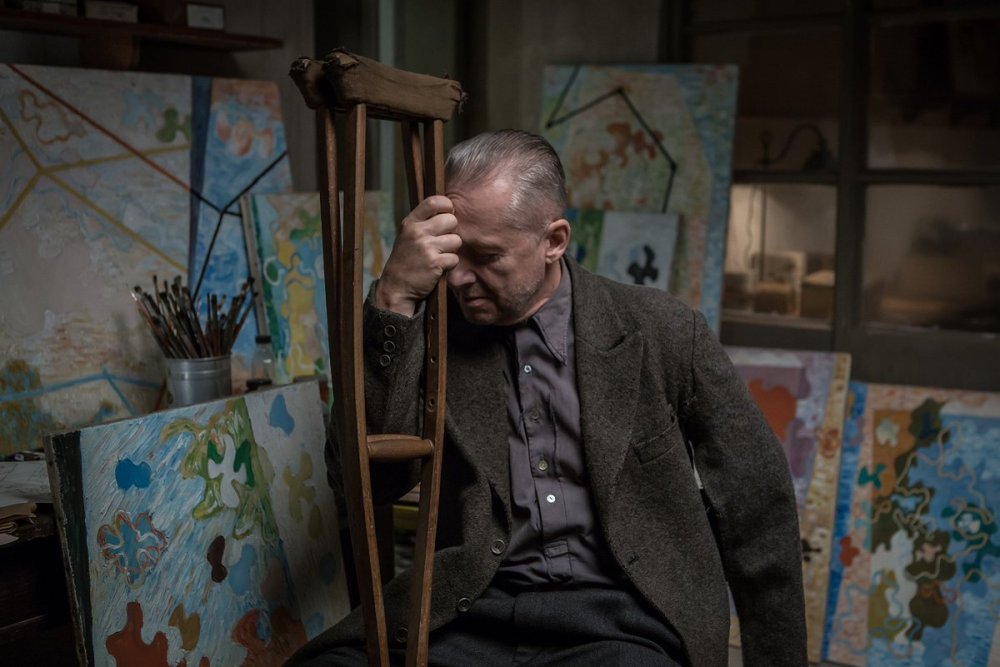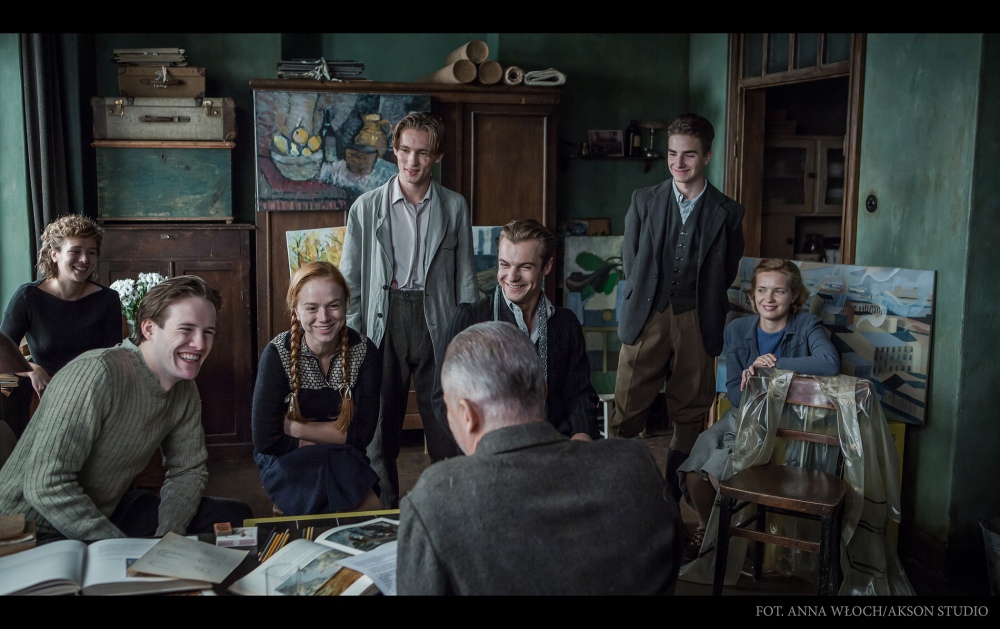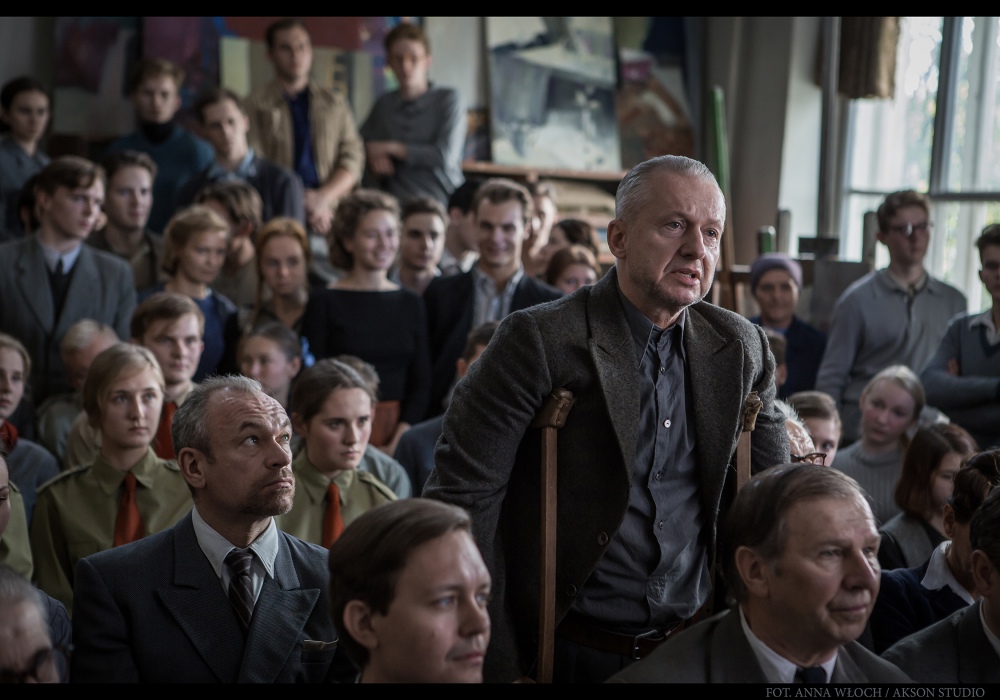
The good Lord gave the director two eyes – one to look into the camera, the other to be alert to everything that is going on around him.- Andrzej Wajda
1926- 2016
Busan, South Korea. I was sitting in the Busan International Film Festival press office when I heard that one of my favourite Polish directors, Andrzej Wajda, passed away. I just saw his film Afterimage and I thought to myself “how many more great films can he still make?” – only to learn that this was the last one. Andrzej Wajda left us with an incredible legacy; he was – and I am sure that he will remain – one of the most celebrated filmmakers not only in his native Poland but also abroad. He was never afraid to tackle the most complex issues that his country faced during the World War II along with the Soviet political influence on the Polish post-war government which lasted until 1989. Andrzej Wajda battled with communist censorship and bureaucratic opposition; he never gave up filming even in the face of being arrested. He directed 40 feature films, including the stunning war trilogy A Generation (1954), Kanal (1956) and Ashes and DIamonds (1958) – film critics consider Ashes and Diamonds to be one of the masterpieces of Polish cinema and arguably the finest Polish realist film. Martin Scorsese and Francis Ford Coppola have cited the film as one of their favourites. On top of that, he directed Ziemia Obiecana (1974), Man of Marble (1977), Man of Iron (1981), Katyn (2007) and Tatarak (2009), Walesa: Man of Hope (2013)- just to name few. Awards for his work include the prestigious Golden Palm in Cannes and the lifetime achievement Oscar; four of his films- Ziemia Obiecana, The Maids of Wilko, Man of Iron and Katyn– were also nominated for the Academy Award for the Best Foreign Language Film. His latest and last production Afterimage (Powidoki) was shown at many prestigious international film festivals – including here at Busan International Film Festival – where it received ravishing reviews; it was also selected as the Polish entry for the Best Foreign Language Film at the 89th Academy Awards.

December 1948. The war has ended and the now communist Poland – under the Soviet influence – has established a political police office that deals with stalking and arrests of political opponents, including artists, writers, teachers and poets. One of these intellectuals is Wladyslaw Strzeminski (Boguslaw Linda), a painter, writer, the creator of the theory of Unism, as well as a lecturer at the State Higher School of the Visual Arts (SHSVA) in Lodz, of which he is also a co-founder.
At first, Strzeminski lives a relatively quiet life in a small apartment, in the middle of the industrial Lodz, where his 12-year-old daughter Nika often visits him. He is teaching a group of enthusiastic students of Fine Arts who see the professor as their mentor, teacher and above all, a friend. He is an opinionated and passionate man for whom freedom of speech is a part of being an artist. Strzeminski slowly faces repercussions as his artistic vision does not agree with the current Stalinist political mood.

Months pass by and Strzeminski is even more determined to not allow others – particularly those from his art school – to influence his art and teaching; the artist’s protest against Soviet propaganda leads to immediate termination of his lecturer’s contract, they take away his food stamp privilege (in communism, when you don’t work, you don’t eat) and the secret police removes and/or destroys his artworks. The only way for the artist to keep his legacy is to dictate his Theory of Vision to his students, whom he also secretly teaches at his home; however, this does not last long as his health deteriorates. He tries to hold on to various jobs, even the ones that promote socialism (he draws portraits of Stalin and posters for a local government’s party); sadly, this does not last long either.
Wajda – in a sincere way – described the last years of Strzeminski’s life; even though there is a lot we do not know about the painter, this partial biopic of the artist gives the audience a portrait of a stubborn, charismatic and brave man. The film also shows how much a person is willing to sacrifice for the sake of their own integrity; Andrzej Wajda openly exposed what happened when one did not bend under the pressure of the communist government – Stalinism in Afterimage as a system is depicted not only as terrifying but also cruel – there is not a single false shot, but instead, throughout the film, great honesty is conveyed.

Andrzej Wajda cast Boguslaw Linda (Danton, Man of Iron) to portray the famous artist; it is obvious that the director led the actor with a steady hand. Linda’s characterization of Strzeminski is impeccable; his performance is realistic and full of passion. Seeing Krzysztof Pieczynski (The Pianist) in the role of Julian Przybos (a translator, poet and Strzeminski’s close friend) was a real treat to my eyes. The group of young actors did good on the big screen, particularly Bronislawa Zamachowska (Nika); she is so young, but already understands the art of acting.
It took Andrzej Wajda 20 years to make this film. At first, he wanted to make a film about the painter and his wife Katarzyna Kobro (she was a sculptor), a film about their contemporary philosophy on art and design. Wajda also wanted to tell a story about their toxic married life; however, there was too much to the story so he decided to concentrate on the artist himself and only used Kobro in passing. I think Andrzej Wajda did a splendid job; Afterimage is definitely an incredible portrayal of a man who refused to betray his ideology and freedom of expression just because he was told to do so. The film was beautifully shot by Pawel Edelman (Carnage, Katyn, The Pianist) – Edelman said that that the film was a visual challenge for him; that said, his usage of wide-angle lens was impeccable. It seems like Andrzej Wajda’s artistic vision at the time influenced Edelman’s work; they definitely made a great team.
Afterimage will go down in film history as another great film by Andrzej Wajda. It is heartbreaking to think that this is the last one. Let us hope that Poland will produce more film directors like Wajda to make Polish Cinema even more recognizable.
Written by Maggie Gogler
Edited by Sanja Struna
All photos © Akson Studio
